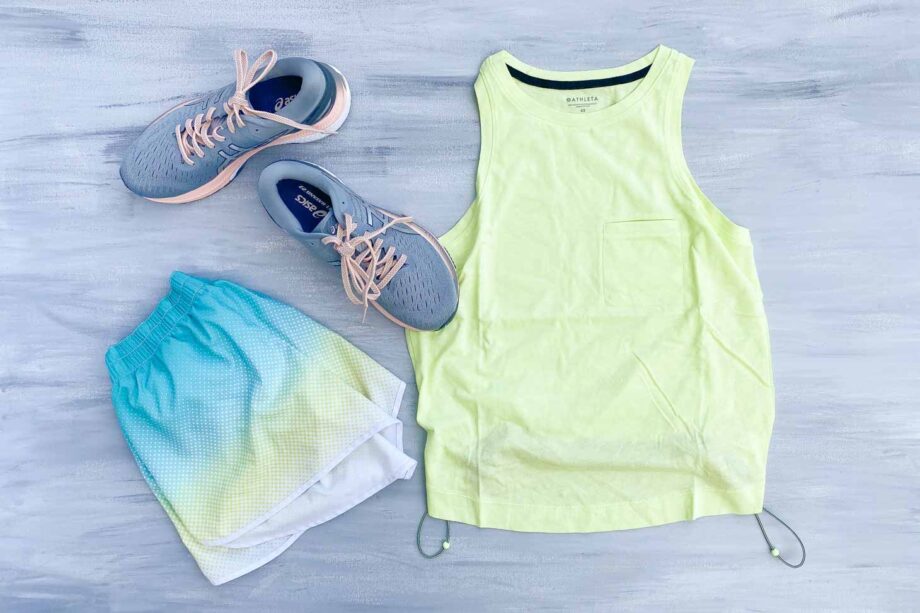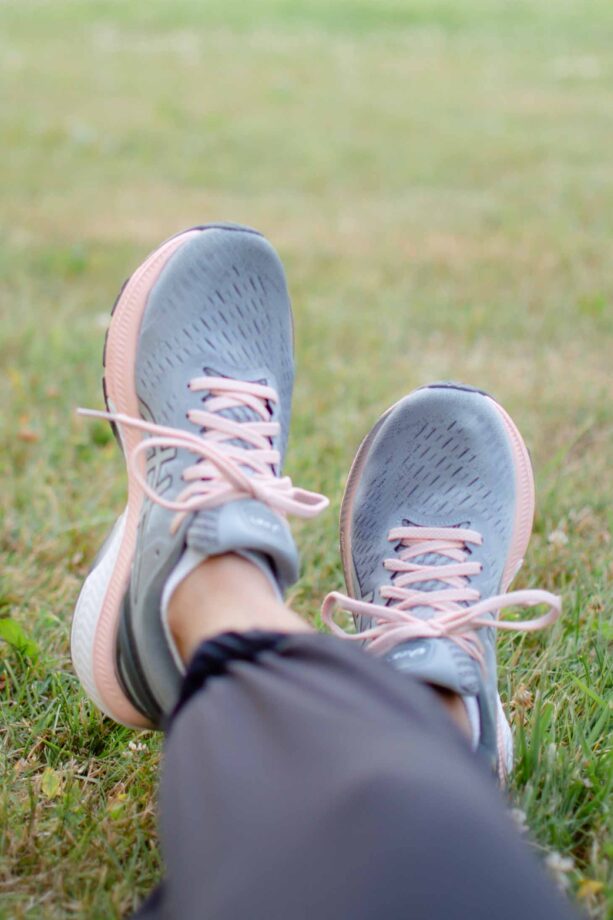Around five years ago, everyone in our family needed to boost our fitness level, so we started running regularly. Of course, I had to make sure we were all properly outfitted, so I asked my experienced friends to tell me how to buy running shoes. How did they find the perfect pair? When did they replace their shoes? Which brands were best? Most of them looked at me blankly and said, “I just know.” Ugh! Non-bloggers are so vague! (I’m kidding, you know I adore you.) I realized that once you find running shoes that suit your feet, pronation, and terrain, you know what to look for. However, if you haven’t figured all that out, here’s where to start…
1.Ask The Experts
For most types of shoes, asking friends and family can give you some good ideas. But when it comes to running shoes, I encourage you to march down to your local running store and ask the experts. Most stores will have either a treadmill so that they can observe your gait, or a 3D scanner to take specific measurements. They’ll also tell you:
- Pronation (whether you are an under-pronator, neutral, or over-pronator.)
- Shoe size (which may be different from all of your other shoes.)
- Which shoes work best for the surface you’ll run on (treadmill, road, trail, etc.)
2.Try Them On…And On…And On…
Once the experts have figured out what you need, they should offer you a few different styles and brands. You’ll be able to assess which one(s) feel most comfortable. I also like to grab a pair that the salesperson doesn’t recommend, just to play devil’s advocate. Take your time. Wear a different shoe on each foot to compare. Close your eyes so that you can focus on comfort rather than the “look”. I’m a chronic “matcher,” so the wild colors in most running shoes give me a bit of anxiety. I keep telling myself, that someday, I’ll be moving so fast that no one will notice that my shoes clash with my shirt!
3.Run
It may feel silly, but if you have the option of running on the store’s treadmill or on their track, take them up on it. A practice run will give you a better understanding of what kind of cushioning you want in your shoes, and whether you’re wearing the right size.
4.Don’t Compromise Comfort For A Bargain
I love a good bargain, but in the early days, when I just picked the shoes that were on sale, I regretted the purchase. I’m not saying you should empty your bank account to buy running shoes, but make sure you choose a comfortable pair. (Just for fun, I Googled “most expensive sneakers” and found these. Yikes!)
And as much as it pained me to do it, I paid full price for these Asics. You may be able to find older models on sale in stores or online. Just make sure that you’re not compromising quality or fit if you don’t have to.
5.Know When To Buy New Running Shoes
Experts say that you should replace your shoes every 300-500 miles. If you wear your shoes for walking, that counts too. If you’re not keeping count of your miles, here are 3 signs that might help you decide when to replace your shoes:
- You have aches and pains.
- The soles look worn.
- You start to feel the impact of your feet hitting the ground, more than you would like.
If your old shoes are completely worn out, consider donating them to the Nike Reuse-A-Shoe program. Check your local Nike store for details.
What To Wear With Your New Running Shoes

If you’re looking for a new outfit to go with your shoes, I have suggestions! This top is Athleta’s Organic Daily Bungee Tank. It’s a fun, unique style. It’s a little see-through in this Alluring Yellow color, so I recommend a sports bra in a color close to your skin tone. My shorts are some old GAP ones that happen to match, but my favorite running shorts are Athletla’s Run With It 3.5″ Shorts. They have a wide flat waistband that stays in place and back pocket for keys.
Are you a runner? Let me know how you buy running shoes!

